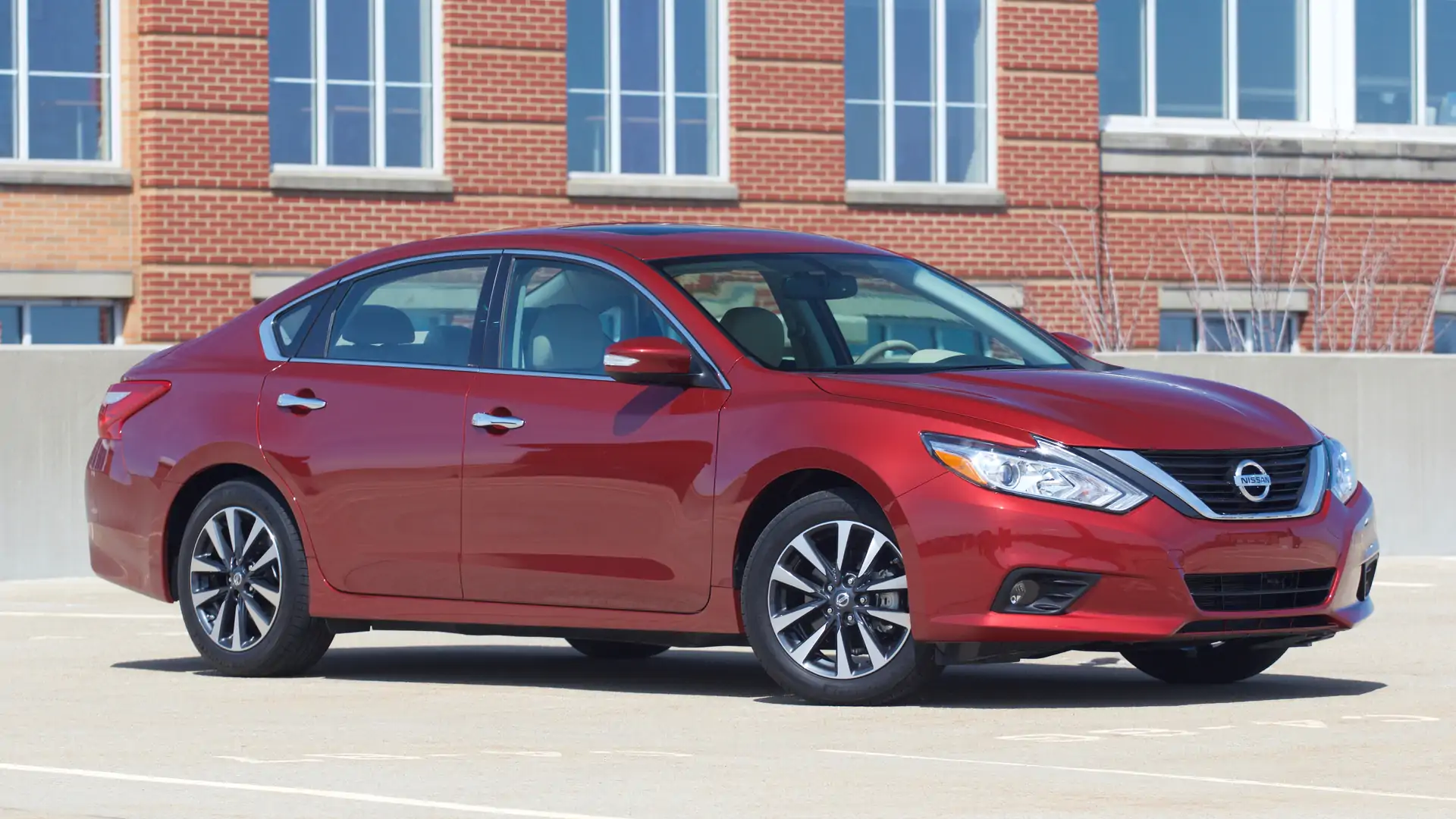The early 2000s were a pivotal era for Nissan, an automaker attempting to redefine itself following a tumultuous financial period and its newly forged alliance with French automaker Renault.
This corporate partnership breathed new life into the Japanese brand, giving rise to a lineup that would become simultaneously adventurous, unconventional, and, in some cases, problematic.
It was a decade defined by experimentation, with models ranging from bold sports coupes and trucks to practical sedans and family-oriented crossovers. While some of these vehicles are now cherished as reliable, well-aged machines, others have become infamous for their unreliability, premature wear, or design oversights. The result? A Nissan lineup from the 2000s that is as polarizing as it is diverse.
When evaluating cars from this era, longevity becomes one of the clearest indicators of quality. Vehicles that age well typically do so because of thoughtful engineering, proven drivetrains, durable materials, and support from a loyal community or aftermarket network.
These are the cars still seen on the roads today with 200,000 miles on the odometer and a story to tell. They’re often prized by enthusiasts or families alike, depending on the model, and are appreciated for having aged gracefully in a constantly evolving automotive landscape.
On the other end of the spectrum are the vehicles that simply didn’t hold up. These are the cars that, despite initial praise or commercial success, became costly liabilities for their owners. Chronic mechanical failures, poor interior quality, and design flaws pushed them into disrepair well before their time.
In many cases, these issues weren’t just annoying—they were financially crippling, with repairs often exceeding the car’s actual worth. Whether due to cost-cutting measures, rushed production, or a lack of testing, these vehicles serve as examples of what not to do when building for the long haul.
This article takes a deep dive into both ends of the spectrum. We’ll explore five Nissan models from the 2000s that have aged remarkably well—vehicles that continue to offer value, performance, and dependability even decades later. We’ll then pivot to five models from the same decade that have done quite the opposite, becoming known more for their breakdowns than their benefits.
The goal isn’t to bash or praise the brand blindly, but to offer a nuanced look at how different design choices and engineering philosophies played out over time.
Whether you’re a Nissan owner, a prospective used car buyer, or simply an automotive enthusiast, this article will provide valuable insights into which 2000s-era Nissans still deserve a place in your driveway—and which ones are best left in the past.
With an honest look at performance, reliability, cost of ownership, and user experience, we hope to help you make more informed decisions and understand the legacy of one of Japan’s most influential carmakers during a defining decade.
Also Read: 10 Vehicles That Don’t Let You Disable Auto Stop-Start
5 Nissans from the 2000s That Age Well
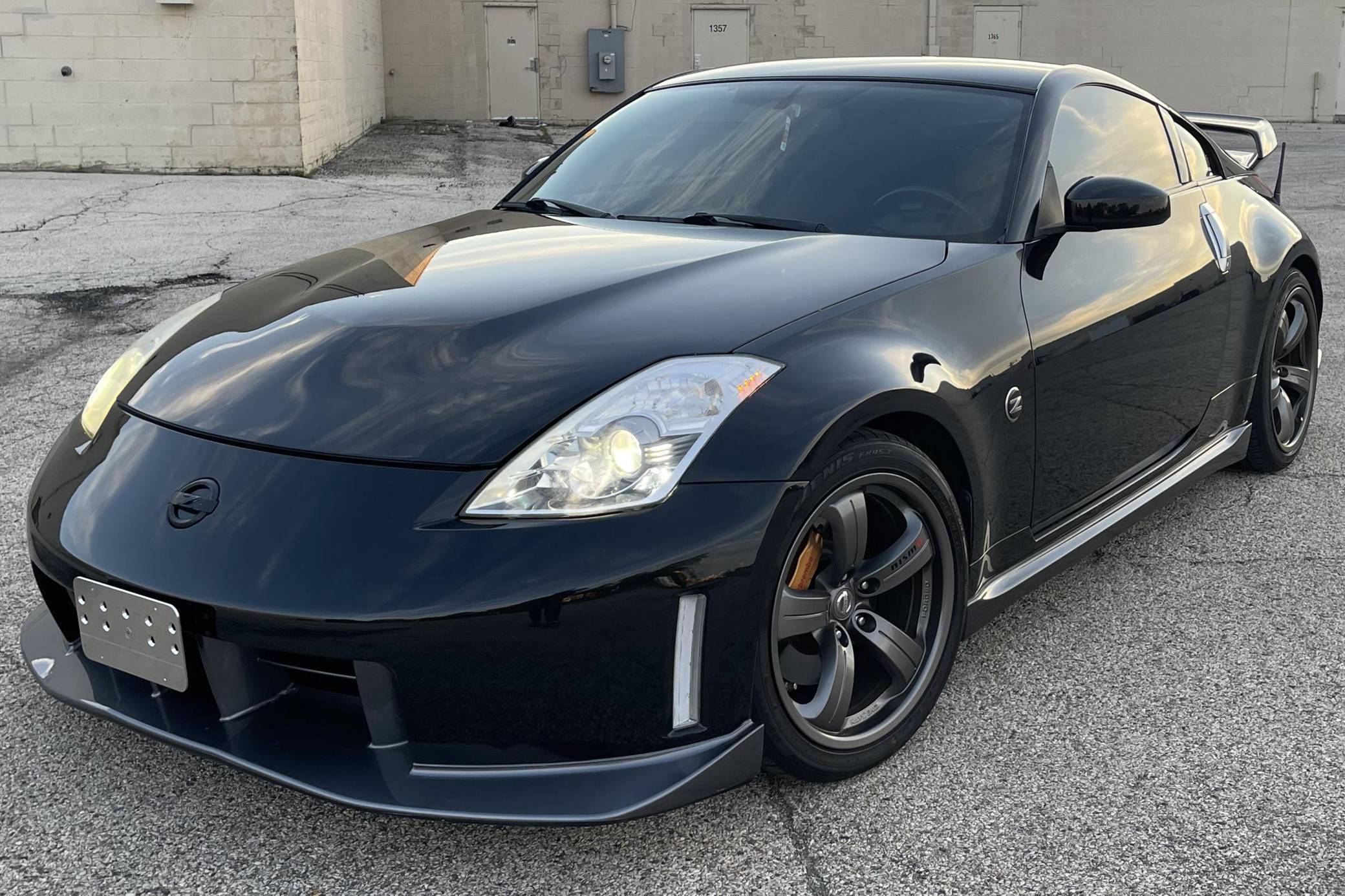
1. Nissan 350Z (2003–2009)
The Nissan 350Z marked a triumphant return to form for the Z-car legacy after a brief hiatus in the late 1990s. With a sleek, muscular design and a rear-wheel-drive layout, it brought genuine excitement to Nissan’s lineup.
Powered by the robust VQ35DE V6 engine initially and the higher-revving VQ35HR in later models, the car was known for its smooth power delivery and thrilling driving dynamics.
The 350Z stood out in its segment for being a true sports car that didn’t break the bank, and its simplicity helped it age better than more complex contemporaries. Drivers loved the balance it struck between performance and practicality, offering two-seat sportiness with everyday reliability.
What makes the 350Z particularly enduring is its mechanical dependability and support within the enthusiast community. Common issues like early oil consumption in pre-2005 models or clutch wear have long since been cataloged and addressed, with many fixes readily available via aftermarket parts or enthusiast forums.
The 6-speed manual transmission is a joy to use, and the rear-wheel-drive chassis lends itself well to tuning, drifting, and track applications. Because of this, the car has become a darling in the tuning world, with a huge supply of performance upgrades and aesthetic customizations available. Despite its age, many 350Zs are still actively raced, modified, and enjoyed by car communities across the world.
Interior-wise, while it was never luxurious, the design was functional and focused, with supportive seats and a driver-centric layout. The materials may not be on par with luxury vehicles, but the cockpit has aged relatively well, particularly for drivers who appreciate minimalism over fluff.
For buyers looking for an affordable, high-potential project or a dependable weekend car with true sports car DNA, the 350Z continues to be an outstanding choice. The model’s desirability has only grown with time, especially among younger enthusiasts who missed out on it when it was new but now recognize its value and charisma in the used market.
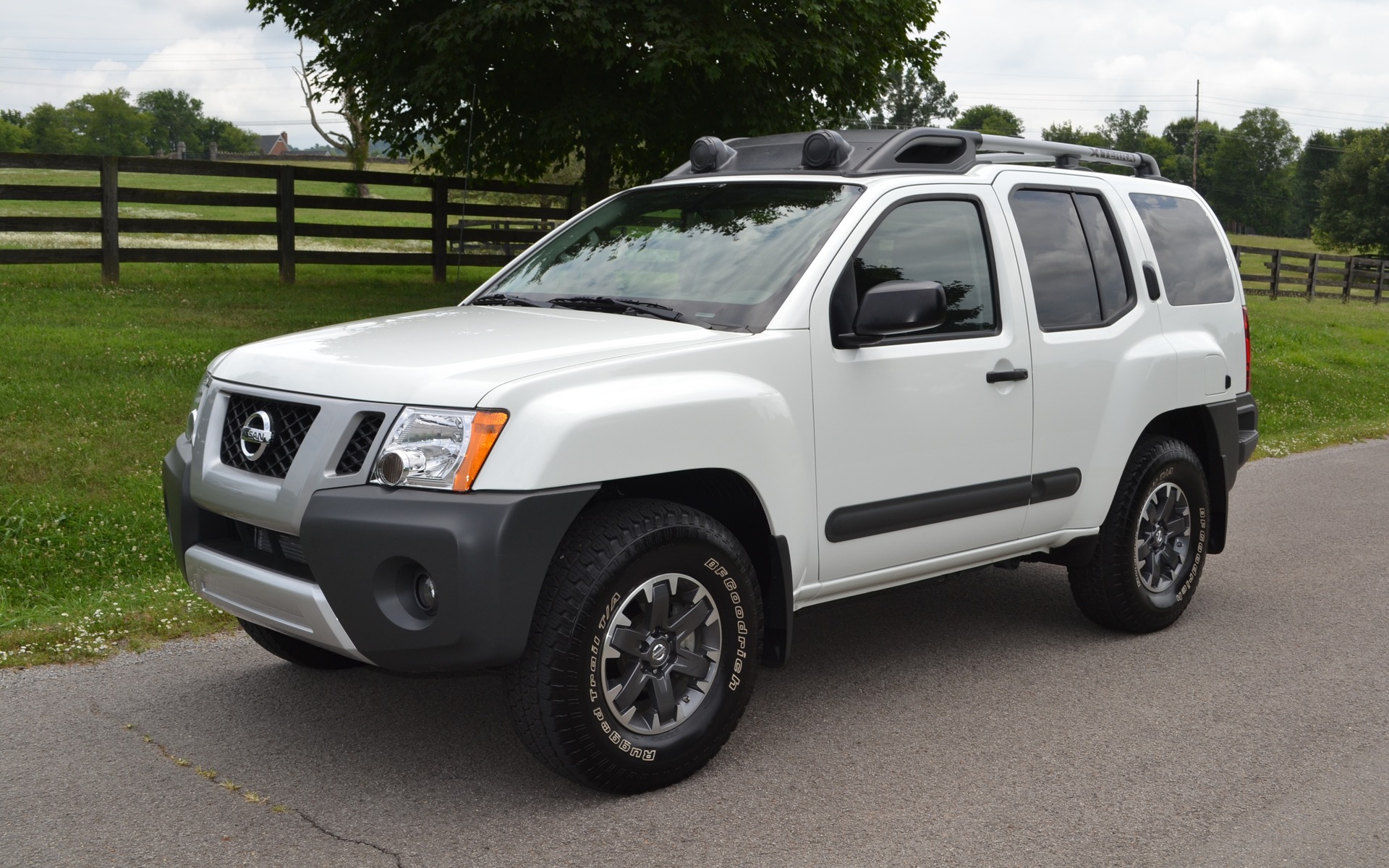
2. Nissan Xterra (2000–2015)
The Nissan Xterra exemplifies the kind of rugged, no-frills SUV that has become increasingly rare in today’s market. Introduced in 2000, the first-generation Xterra was built on the F-Alpha platform shared with the Frontier pickup truck, which gave it serious off-road credibility.
It was marketed directly to outdoor adventurers, complete with a raised roofline, roof rack, and a first-aid kit in the tailgate. The appeal was straightforward: a capable, body-on-frame SUV with real utility and a strong, reliable powertrain. With either a 3.3-liter V6 in the early models or the more potent 4.0-liter VQ40DE in the second generation (from 2005 onward), the Xterra was a dependable workhorse.
One of the Xterra’s standout characteristics is its mechanical simplicity. Unlike modern SUVs overloaded with electronic aids and touchscreen interfaces, the Xterra kept things analog and functional. That means fewer things to break down over time. It also means easier maintenance—something that endears it to DIYers and those in remote areas who need a dependable, easily serviceable vehicle.
The solid rear axle, rugged suspension, and high ground clearance all contribute to its enduring off-road capability. It’s not unusual to see older Xterras still being used on trails, in mountainous terrain, or by emergency responders in rough environments. Its durability has become legendary in certain circles, often compared favorably to Toyota’s 4Runner.
Even as it ages, the Xterra maintains a strong resale value thanks to its loyal fan base and proven reliability. Many owners report exceeding 200,000 miles with nothing more than regular maintenance and a few replaced components. Sure, the ride is stiff by modern standards, and the interior isn’t plush, but it’s this very utilitarian nature that ensures the Xterra doesn’t feel outdated.
If anything, it feels refreshingly honest—a throwback to when SUVs were about capability first and foremost. For those who value substance over style and durability over digital gimmicks, the Xterra is a 2000s Nissan that continues to shine.
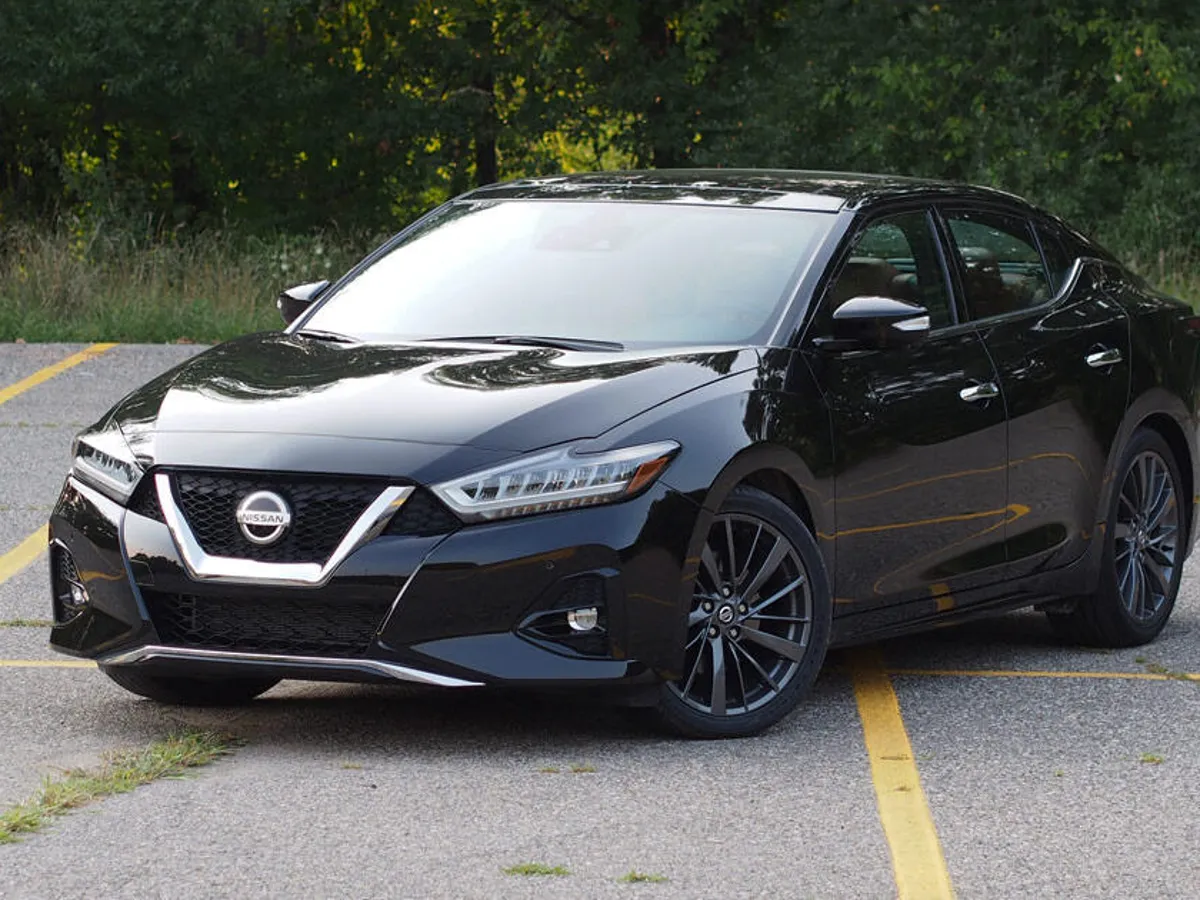
3. Nissan Maxima (2000–2008)
The Maxima has always been Nissan’s attempt to blend performance with luxury, and the early-to-mid 2000s models did this exceptionally well. The sixth-generation Maxima (2004–2008), in particular, holds up as a solid, understated performer in the large sedan segment.
It came with a potent 3.5-liter VQ-series V6 engine producing up to 265 horsepower, delivering brisk acceleration and a satisfying engine note. This VQ engine is the cornerstone of the Maxima’s longevity, recognized globally for its reliability and smooth operation.
Paired with either a slick-shifting manual transmission (in earlier versions) or a reasonably refined automatic, the Maxima carved out a niche as a “four-door sports car” that was comfortable, fast, and durable.
The car’s chassis tuning also helped it stand apart. With a firm suspension setup and responsive steering, it handled more like a midsize European sedan than a bloated front-wheel-drive cruiser. That performance pedigree means it’s still enjoyable to drive today, and with so many examples produced, parts are plentiful and repairs are relatively inexpensive.
Many Maximas from this era still serve as daily drivers for their original or second owners, racking up high mileage without significant mechanical issues. Common problems, like power window motors or minor sensor failures, are well-documented and easily addressed.
Inside, the Maxima offered a comfortable, almost luxurious cabin, particularly in SE and SL trims that came with leather upholstery, Bose sound systems, and optional heated seats. The design might be a bit dated, but it has aged with dignity, and the quality of materials was a notch above other mainstream sedans from the same period.
Unlike more gadget-heavy competitors, the Maxima didn’t burden itself with finicky electronics, which is a major reason why its interiors remain serviceable and intact. For someone seeking a used sedan that combines performance, dependability, and everyday comfort, the 2000s Maxima remains a compelling and underrated choice.

4. Nissan Frontier (2005–2019)
The Nissan Frontier is the kind of vehicle that flies under the radar but quietly builds a reputation for being indestructible. The second-generation model, which debuted in 2005, was so durable and well-loved that Nissan kept the same basic design and platform for nearly 15 years.
Built on a ladder-frame chassis and offered with a reliable 4.0-liter V6 or a workhorse inline-4, the Frontier was designed to take abuse and keep going. It became a favorite among tradespeople, off-road enthusiasts, and anyone looking for a simple, rugged truck without the fluff. Its conservative design plays to its advantage in aging well—there’s nothing superfluous to go wrong.
One of the Frontier’s major advantages is its mechanical consistency. Nissan didn’t change much year over year, which means parts are easy to source, and mechanics are familiar with how to fix them. The 4.0-liter VQ40DE engine, shared with the Xterra and Pathfinder, is known for its longevity when properly maintained.
The truck’s off-road trims like the PRO-4X, added Bilstein shocks, skid plates, and limited-slip differentials, making it a true rival to the Toyota Tacoma in capability, but usually at a lower price point. These trucks regularly cross the 200,000-mile mark and continue to serve reliably in demanding conditions, from construction sites to camping expeditions.
While the interior is undeniably dated—particularly in early models—it’s also hard-wearing and purpose-built. The seats are comfortable enough for long drives, the cabin is easy to clean, and most controls are analog and intuitive. Even the infotainment systems, though basic, are less prone to the failures seen in more tech-heavy competitors.
This Spartan approach to cabin design means there’s less to break and less to age poorly. For anyone seeking a used pickup truck from the 2000s that doesn’t try to be something it’s not, the Frontier is a gem that holds up better than almost anything else in its class.
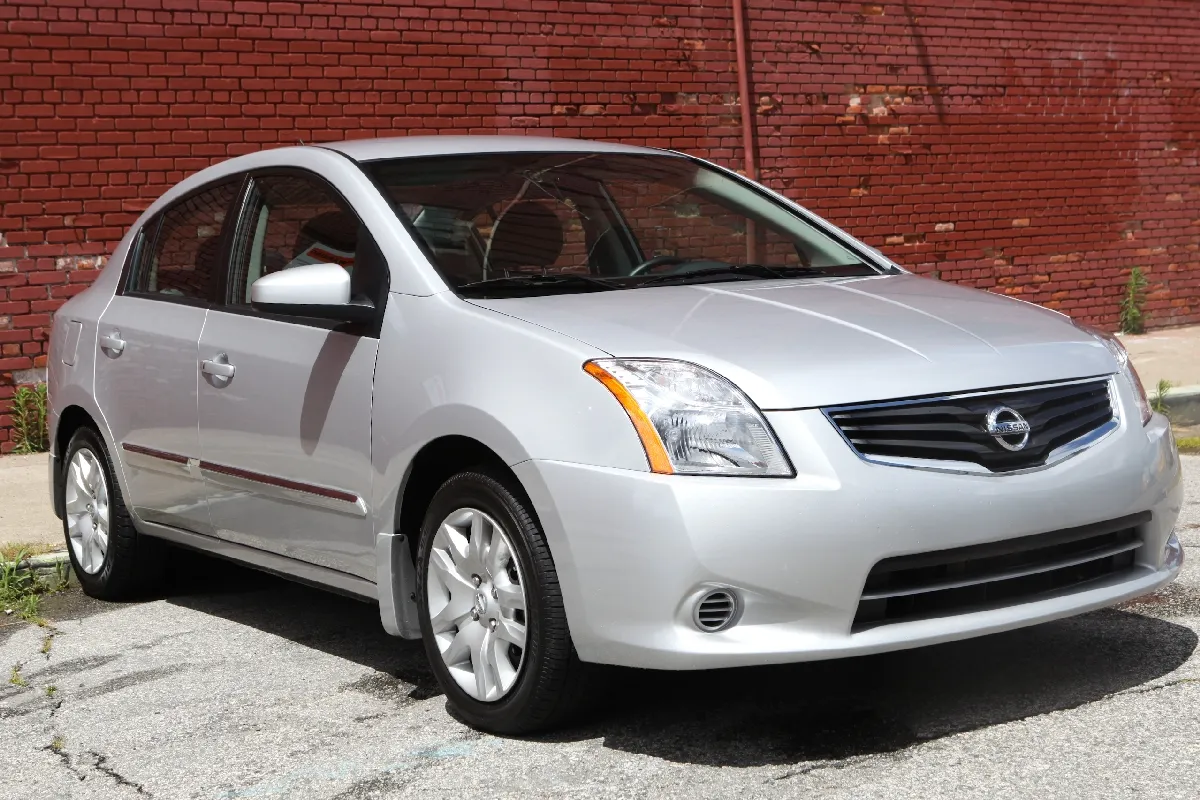
5. Nissan Sentra SE-R Spec V (2002–2006)
The Sentra SE-R Spec V is one of Nissan’s most overlooked yet rewarding performance cars from the 2000s. Introduced as a high-performance variant of the compact Sentra, the SE-R Spec V featured a beefy 2.5-liter QR25DE engine producing 175 horsepower, paired with a 6-speed manual transmission.
Unlike the base Sentra, the Spec V received numerous performance upgrades, including a sport-tuned suspension, larger brakes, and a limited-slip differential.
It was a proper budget sports sedan, offering an engaging drive for a fraction of the cost of more established hot hatches or sport compacts. Its lightweight build and surprisingly high torque output made it a quick, tossable car that has aged surprisingly well in the performance community.
Though the early QR25DE engines had known issues like pre-cat failures and weak motor mounts, these problems have been thoroughly addressed by the enthusiast base.
Many owners proactively replace or upgrade the exhaust manifold and mounts, ensuring a long, reliable service life. Once these common faults are sorted, the engine is capable of racking up high mileage with basic maintenance. The
6-speed transmission is a joy to use and adds a tactile, connected feeling to the driving experience—something sorely lacking in today’s economy cars. The aftermarket support is strong, and the community around this car is tight-knit, sharing guides, mods, and tuning tips.
From an aesthetic and design standpoint, the SE-R Spec V has aged into something of a cult classic. Its modest exterior doesn’t scream performance, but the subtle touches—sportier bumpers, mesh grilles, and 17-inch wheels—signal to those in the know. The interior is basic but functional, with bolstered seats and red-stitched accents that give it a sportier vibe.
Because it was never mass-produced in huge numbers and has remained under the radar, clean examples are becoming harder to find, which only enhances its appeal. For someone looking for a unique, rewarding, and dependable used performance car from the 2000s, the Sentra SE-R Spec V is an underrated gem with aging credentials that continue to impress.
5 Nissans from the 2000s That Fall Apart

1. Nissan Altima (2002–2006)
The third-generation Nissan Altima initially impressed critics and buyers alike when it launched. With its bold styling, larger platform, and powerful available V6 engine, it felt like a genuine upgrade over previous models. However, this model quickly developed a reputation for unreliability as years passed.
The most egregious problem lay with the 2.5-liter 4-cylinder engine, which suffered from excessive oil consumption. The issue was so prevalent that many owners found themselves dealing with seized engines or catastrophic failures well before reaching 100,000 miles. The engine’s piston rings were often the culprit, allowing oil to burn off rapidly without obvious leaks.
To make matters worse, the automatic transmissions used in these models were prone to early failure, especially when paired with the 4-cylinder engine. Transmission slipping, delayed engagement, and even total failure often occurred under 120,000 miles, forcing owners into costly repairs that frequently exceeded the car’s resale value.
These mechanical issues were exacerbated by poor-quality suspension components that wore out quickly and contributed to a loose, unstable driving feel as the cars aged. Ball joints, control arms, and bushings were all common failure points that led to clunky, uncomfortable rides and expensive shop visits.
The interior quality didn’t do the Altima any favors either. The dashboard material was prone to cracking and warping in hot climates, while buttons and knobs often broke or lost functionality after just a few years. Door handles, power window motors, and seat fabrics aged poorly, especially in base models.
All of these issues combined created a car that, while attractive and competitive on paper, rapidly lost value and reliability over time. Many examples on the used market today are worn-out and neglected, with owners reluctant to put more money into a vehicle that continues to let them down.
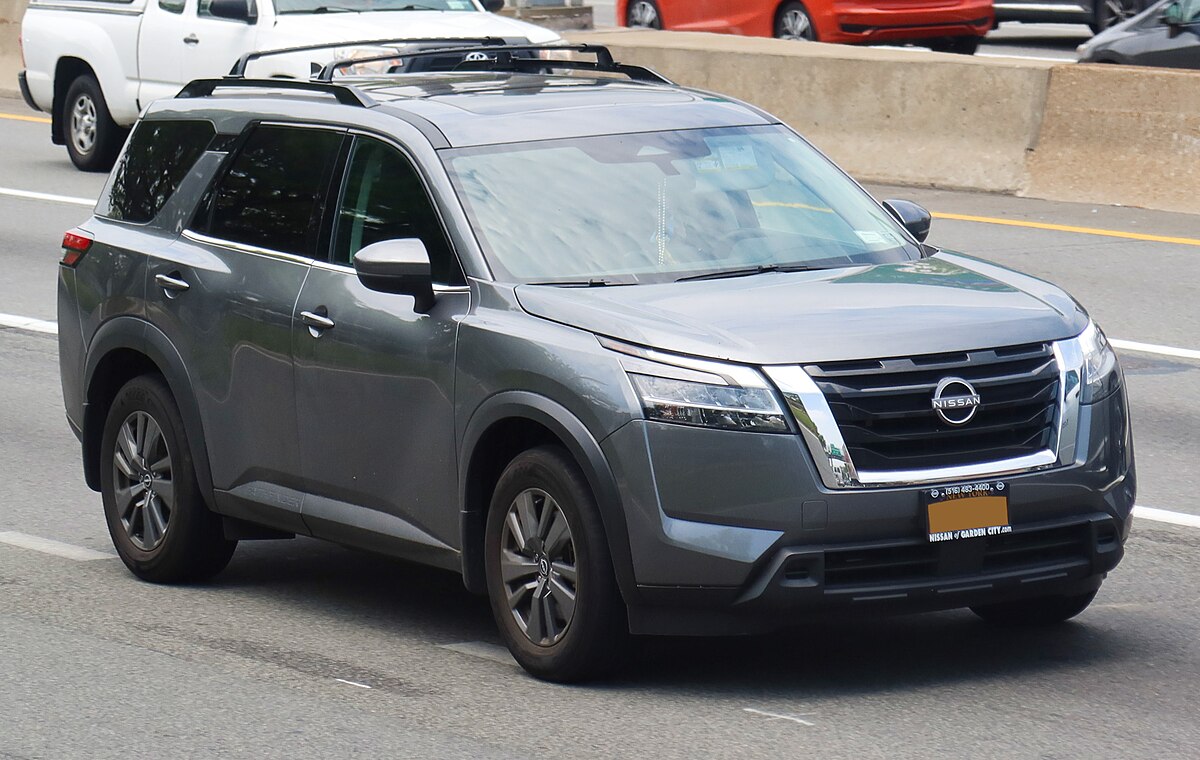
2. Nissan Pathfinder (2005–2010)
At first glance, the third-generation Nissan Pathfinder seemed like a solid midsize SUV with promising specs. It offered a rugged body-on-frame construction, optional third-row seating, and the tried-and-true 4.0-liter V6 engine that powered other Nissan trucks of the time.
Unfortunately, this generation of Pathfinder was plagued by one of Nissan’s most infamous engineering blunders: the radiator-transmission cross-contamination issue. Due to a design flaw in the radiator, engine coolant could leak into the transmission fluid lines, causing the automatic transmission to slowly but irreversibly fail.
The failure didn’t happen suddenly, which made it more dangerous. Drivers would first notice strange noises, slipping gears, or poor acceleration. By the time they realized something was wrong, the damage was usually irreversible, and transmission replacement costs typically ran into the thousands.
This defect became so notorious that Nissan was forced into class-action lawsuits and eventually extended the warranty on affected vehicles. Even so, many owners were left stranded with huge repair bills that rendered the SUV economically unfeasible to fix.
Beyond the transmission debacle, the Pathfinder also suffered from various other long-term problems. The suspension and steering components were not particularly durable, leading to squeaks, rattles, and premature wear. The interior materials, especially in the lower trims, aged quickly, with center consoles cracking and leather seats tearing.
For a family SUV, these longevity issues were unacceptable and tarnished what could have been a long-lasting, reliable vehicle. As a result, used Pathfinders from this era often sit on dealership lots for extended periods or are sold at bargain prices, largely because of their dubious reputation.

3. Nissan Quest (2004–2009)
The third-generation Nissan Quest was a bold attempt to stand out in the minivan market, but it ended up being more of a cautionary tale than a success story. With its futuristic design, asymmetrical dashboard layout, and focus on aesthetics, the Quest promised to bring excitement to an otherwise dull segment.
But what seemed innovative at launch quickly proved to be impractical and unreliable in real-world use. The offset gauge cluster, in particular, baffled many drivers and created a disorienting driving experience that didn’t age well at all.
Mechanically, the Quest suffered from numerous persistent issues. The most prominent of these were its electrical problems, including failures in power sliding doors, power seat motors, and interior lighting systems. These components were often expensive to repair and prone to repeated failures.
The automatic transmission was also problematic, particularly in later models, with many units experiencing hard shifting, hesitation, or outright failure. Additionally, the 3.5-liter V6 engine, though powerful, was poorly integrated in terms of heat management, leading to premature wear of engine mounts and gaskets.
Interior quality was another sore spot. Despite trying to aim for a more upscale, modern look, the materials used were far from durable. Cheap plastics, weak seat stitching, and brittle trim pieces made the cabin feel worn after only a few years. The large glass roof, while visually striking, introduced rattling noises and occasional leak problems as the vehicle aged.
Ultimately, the Quest failed to live up to its promise and instead became known for high repair bills, frustrating ergonomics, and poor resale value. It stands today as one of the more regrettable minivan offerings from the decade.
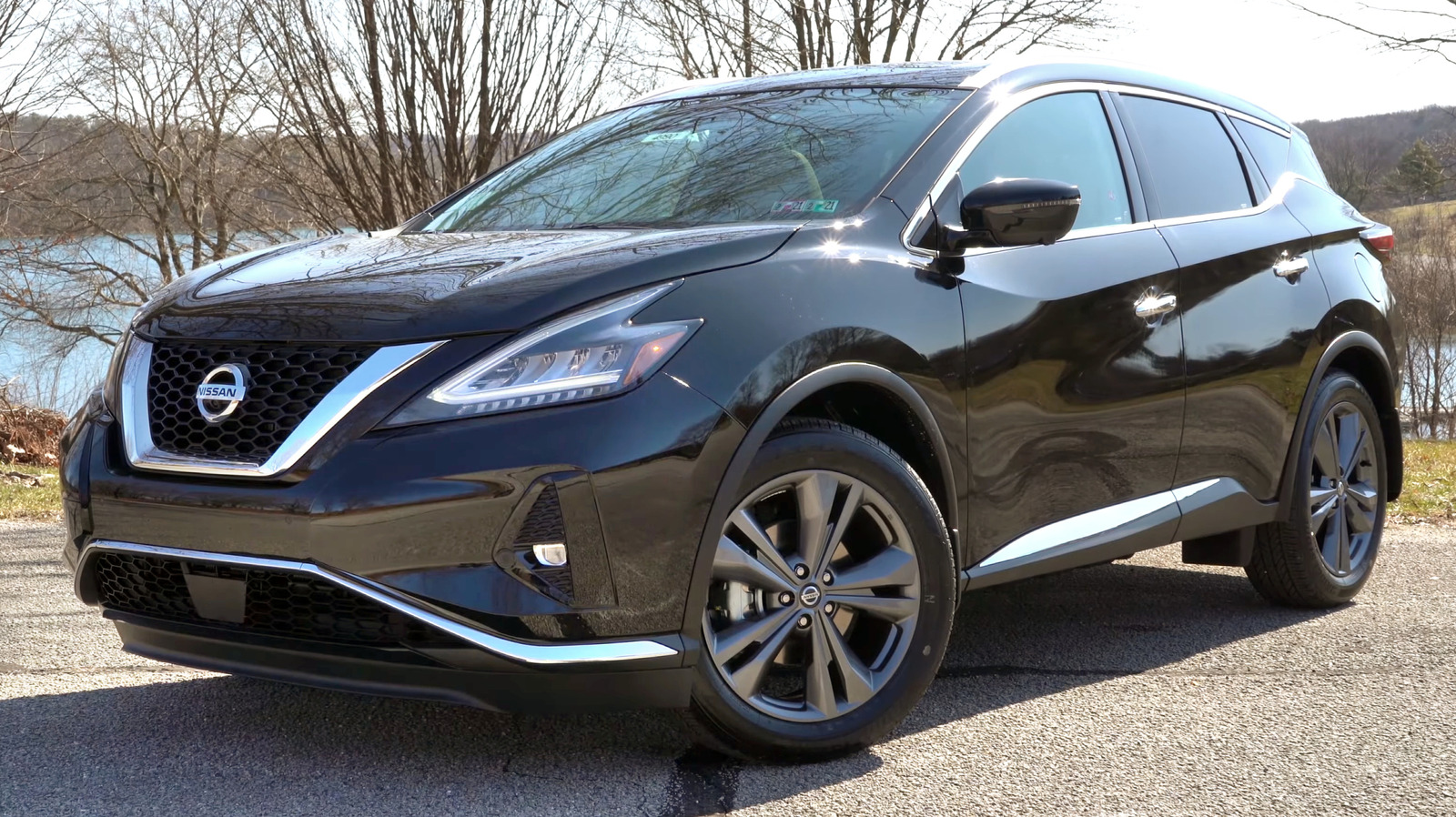
4. Nissan Murano (2003–2007)
The first-generation Nissan Murano was a stylish and forward-thinking crossover that helped popularize the idea of a car-based SUV. With its sleek design, car-like handling, and upscale interior, it was one of the more appealing crossovers of its time.
But despite its innovation and flair, the Murano proved to be deeply flawed when it came to long-term reliability, chiefly due to its early use of Nissan’s continuously variable transmission (CVT). The CVT, while smooth when new, was underdeveloped and highly prone to overheating, belt slippage, and complete failure under regular driving conditions.
Owners reported symptoms such as jerking acceleration, whining noises, and sluggish performance as early as 60,000 miles. Once the transmission began to fail, it was often prohibitively expensive to repair or replace, sometimes costing more than the vehicle’s total market value.
Nissan eventually made some improvements in later models, but the early Muranos remained ticking time bombs. Compounding the issue were persistent electrical faults: failing alternators, battery-draining modules, and malfunctioning dash displays were common complaints that added layers of complexity and cost.
While the engine—the VQ35DE V6—was a generally reliable powerplant, it couldn’t compensate for the vehicle’s other weaknesses. The suspension wore out quickly under the weight of the heavy crossover body, and front-end components like control arms and bushings needed frequent attention.
Even the interior, initially praised for its premium look, revealed long-term wear in the form of fading, cracking trim, and leather deterioration. Despite its early popularity, the first-generation Murano has aged poorly and remains a risky proposition for used car buyers unwilling to sink money into unpredictable repairs.
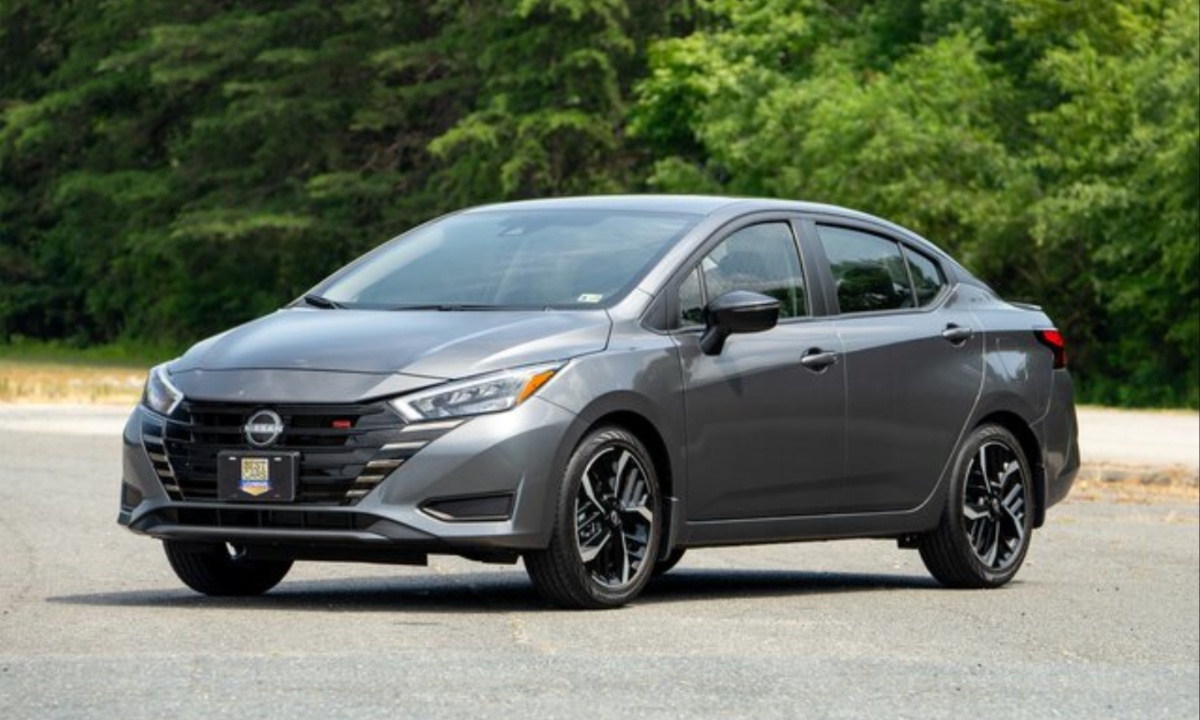
5. Nissan Versa (2007–2012)
The Nissan Versa was launched to offer practical transportation at a budget-friendly price, and for that mission alone, it initially succeeded.
As an entry-level subcompact, it came with spacious interior dimensions, decent fuel economy, and a low price tag—making it a popular choice for students and city dwellers. However, its low upfront cost came with a different kind of price: poor long-term reliability.
The biggest offender was the early adoption of a compact CVT transmission, which quickly became infamous for failure. Many owners experienced total transmission breakdowns before even hitting 100,000 miles, and replacement costs were often higher than the car’s resale value.
Aside from the transmission woes, the Versa was plagued by cheap build quality that became evident within just a few years of ownership. The interior plastics were among the cheapest in the segment, with dashboards cracking and controls wearing down prematurely.
The seats wore quickly and lost cushioning, making longer drives uncomfortable. Road noise insulation was virtually nonexistent, and the overall refinement left much to be desired. Mechanical reliability also suffered, especially with the steering system, suspension, and fuel pumps, which often failed earlier than expected.
Rust was another significant concern, particularly in colder climates where road salt is common. The undercarriage and door sills were especially vulnerable, and many Versas showed signs of serious corrosion by the 7–10 year mark.
Add to that poor crash test scores for earlier models and a general lack of driving engagement, and the Versa becomes a car that falls apart in more ways than one. While it served a specific niche during its time, its aging process has been unkind, making it one of the least recommended Nissans to buy used from the 2000s.
Also Read: Top 10 Worst and 10 Best Trucks for Towing
Looking back at Nissan’s 2000s lineup is like opening a time capsule that reveals the highs and lows of automotive design, engineering, and strategy. It was a decade of contrast—a time when Nissan delivered some of its most beloved vehicles while also producing models that would go on to tarnish its reliability record in the eyes of many consumers.
What this mix of success and failure demonstrates more than anything is the delicate balance car manufacturers must strike between innovation and durability, style and substance, and value and longevity.
The five models that aged well—the 350Z, Xterra, Maxima, Frontier, and Sentra SE-R Spec V—stand as examples of Nissan getting it right. These vehicles were not only built with care but also designed with enduring principles in mind. They prioritized mechanical simplicity, strong engine performance, and owner-focused functionality.
Whether it’s the 350Z’s enthusiast-driven charm or the Frontier’s indestructible utility, these cars and trucks continue to earn their keep on today’s roads. They have reputations for reliability, strong aftermarket support, and a driving experience that doesn’t feel obsolete—even by modern standards.
On the flip side, the five models that have fallen apart—the Altima (2002–2006), Pathfinder (2005–2010), Quest (2004–2009), Murano (2003–2007), and Versa (2007–2012)—highlight some of the risks of rushed design, over-reliance on new technologies, or cost-cutting at the expense of long-term quality.
From CVT transmission failures to engine defects and poor-quality interiors, these vehicles tell a cautionary tale. For many owners, the experience of dealing with repeated breakdowns and expensive repairs has left a bitter taste. While not every individual unit of these models will necessarily be a disaster, the trend of complaints and mechanical issues paints a clear picture.
What’s important to take away from this contrast is not just which models to avoid or seek out, but what patterns emerge from Nissan’s decision-making during this era. The vehicles that stood the test of time often shared similar traits: established powertrains, traditional engineering, and a clear sense of purpose.
In contrast, those that fell short were often plagued by untested technology (like early CVTs), impractical design choices (like the Quest’s center-mounted gauges), or widespread quality control issues. These lessons apply broadly in the world of automotive manufacturing and can help guide consumers as they consider used vehicles or even new releases from the brand.
In the end, Nissan’s 2000s lineup is a reflection of a company at a crossroads—trying to innovate, expand, and stay competitive, sometimes at the expense of long-term durability. The models that endured did so because they stayed true to timeless principles of good design and solid engineering.
Those that didn’t serve as reminders that short-term gains rarely make up for long-term losses. For today’s buyers, knowing the difference could mean thousands saved—and many headaches avoided.

